Wake Forest culture has lore that runs deep — a few feet deep, actually.
During the first semester, whispers about the secret tunnel system that runs below campus and connects dorms spread as quickly as the “freshmen frat flu.” Like many students and Old Gold & Black writers that have come before me, I have set out to explore the secret world below our campus.
The tunnel system was built in 1952 before most of the buildings were constructed. The designated purpose of the system was to supply steam to dorms and buildings to provide heat and warm water. However, students have found alternative uses for the tunnels throughout the years.
In a 1958 edition of the Old Gold & Black, Hannah Miller was the first student-journalist to investigate the tunnel system and discovered the advantages of the secret passageways for male students that sought to make a late-night visit to the female dormitories. In what Miller described as a “Manhole Menace,” the small spaces and heat would make a co-ed’s journey “difficult if not impossible.”
“All things considered,” Miller noted, “it would be much easier and less frustrating to both boys and girls if the boys would just break down the dormitory doors.”
In 1980, Victor Hastings explored the tunnels and found warning messages from The American Mole, cautioning him about Smokey the Bear — a nom de guerre for Wake Forest Campus Security. Hastings made his way crawling from the tunnel entrance in Tribble Hall to South Campus and Scales Fine Arts Center. The walls were covered in tunnel maps, newspaper clippings and graffitied wisdom, similarly to how they are covered now.
“I knew it was illegal to go into the tunnels,” wrote Hastings, who later became an attorney. “I figured I could plead journalistic immunity.”
Although frowned upon beforehand, a 1993 study published in the Old Gold & Black found tunneling to be a hazard due to the 120-degree Fahrenheit heat and low oxygen levels. The Dean of Student Services, Harold R. Holmes, advised that roaming around in the tunnels is “not just a rite-of-passage kind of thing,” and that, in light of the new information, those involved in the campus judicial process “will treat it as a more serious violation.”
Going beneath the surface
With the advice and experiences of my predecessors to guide me, I met with Assistant Director of Utilities Jimmy Nifong and Manager of Support Services Tim Kerr to tour the tunnels below Hearn Plaza and the tunnel connecting Bostwick Residence Hall to Luter Residence Hall. Senior Anna Brooker joined us, as she is doing research on the tunnels for her anthropology major.
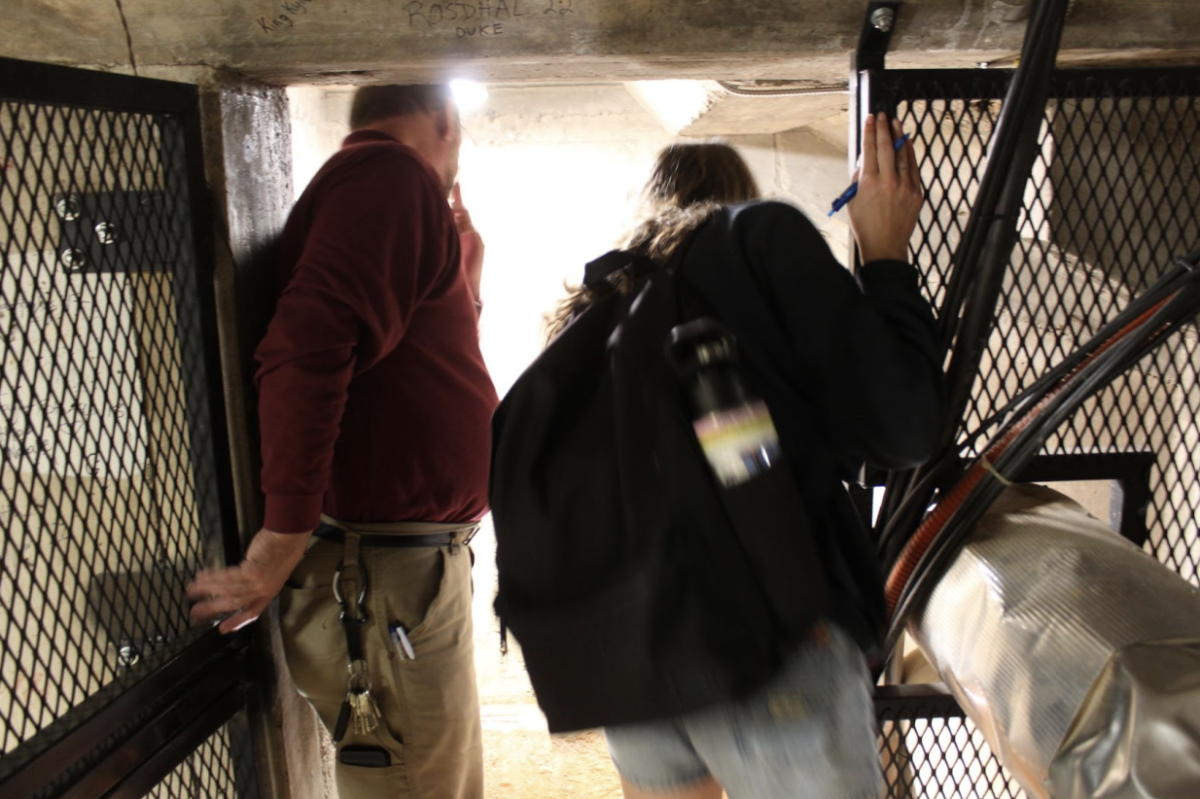
Upon entering, the walls were covered in names written with Sharpie accompanied by brief quotes of wisdom or, less creatively, Greek letters. Each spring, seniors are offered a tour of the tunnel and the top of Wait Chapel. When given a Sharpie to sign my name, I smiled arrogantly at the thought of being the first member of the Class of 2025 to give my John Hancock to the wall. My enthusiasm was dulled when I reviewed my work and saw how badly I doodled the “G” in OGB.
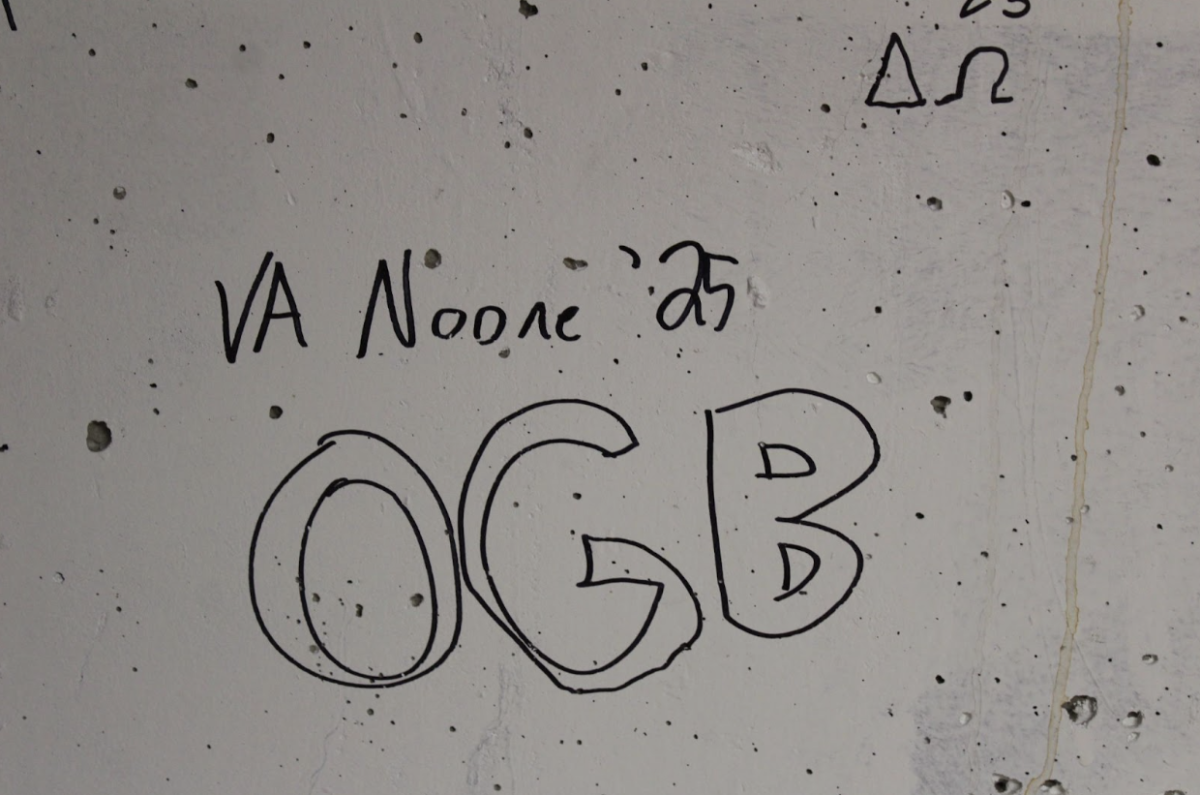
Kerr and Nifong explained how they suspect certain rooms were used during the Cold War for fallout shelters or places to store rations. There is a door that had been bolted and unbolted multiple times by the Secret Service to protect various presidents of the United States when they have visited to give speeches.
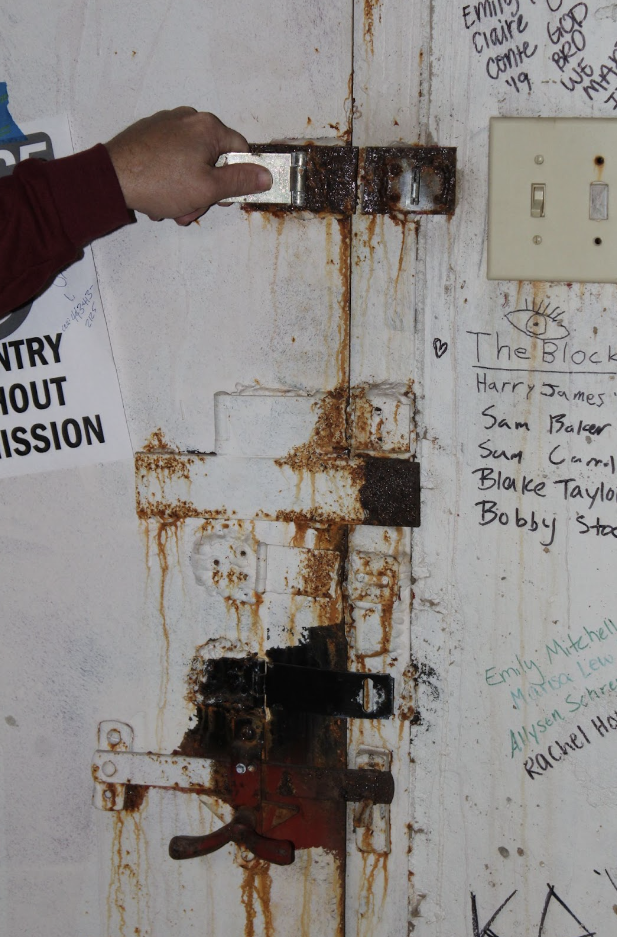
As far as the history behind the student lore goes, Kerr and Nifong mentioned that every three months or so, a student may find their way into the tunnels. Although the rate of illegal student-tourists in the tunnel ebbs and flows, student rebels and artists have always been drawn to the forbidden tunnels.
As of now, the two groups that have been identified as repeat offenders are known as Operation Black Mask, which is an underground society at Wake Forest, and the Seductive Elephants, whose origins are less well-known.
The more colorful of the graffiti is in the South Campus tunnel that connects the freshmen dorms. Each year, the tunnel is transformed by the Anthony Aston Players into a haunted tunnel each your near Halloween.
Some things never change
Wake Forest has changed with the years. Young romantics no longer crawl to female dorms, security systems have advanced and Old Gold & Black writers have become less rebellious in their reporting. However, the lore surrounding Wake Forest’s dangerous underground world remains eternally magnetic to students, despite the physical and disciplinary threats that await.
“It’s just a general curiosity that humans have about places that are off-limits to them,” Brooker hypothesized. “Hidden or taboo spaces such as the Wake Forest tunnels have the ability to shape a culture and identity.”


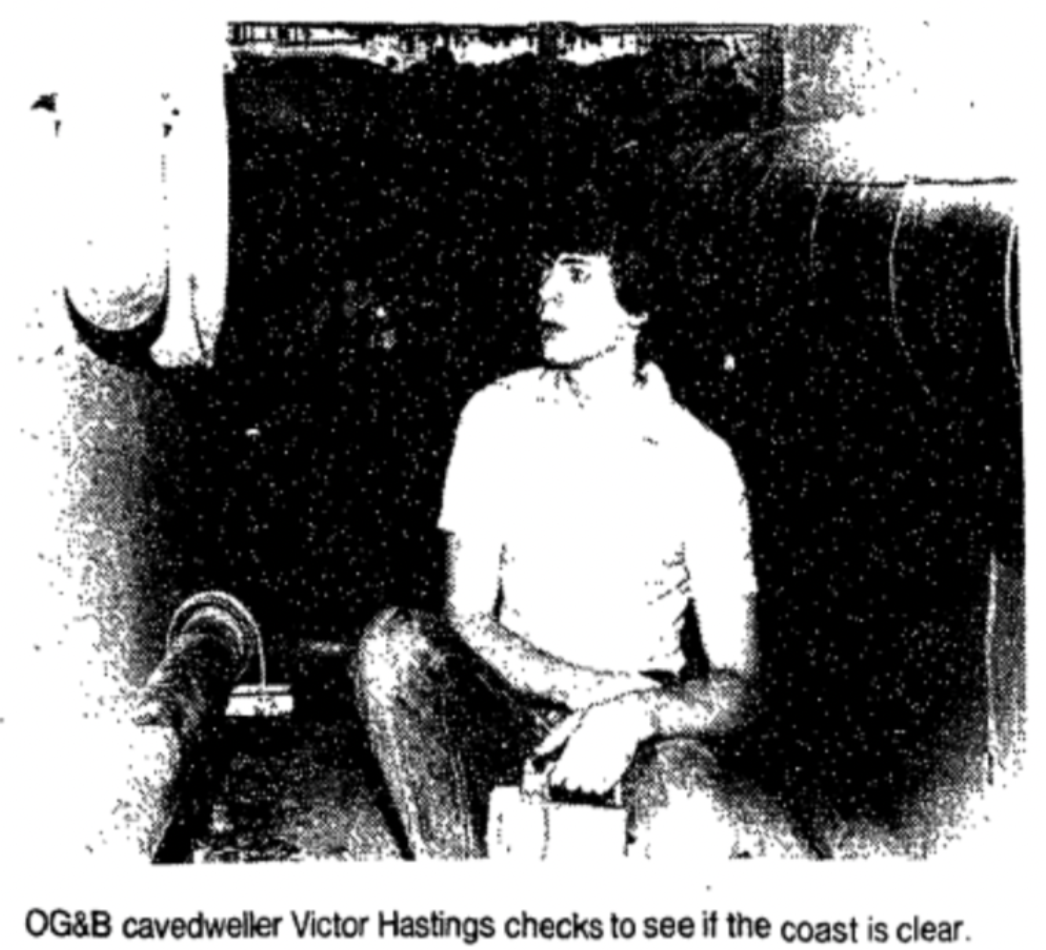
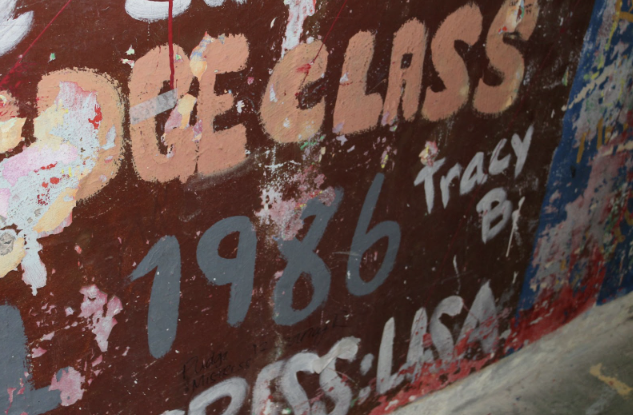
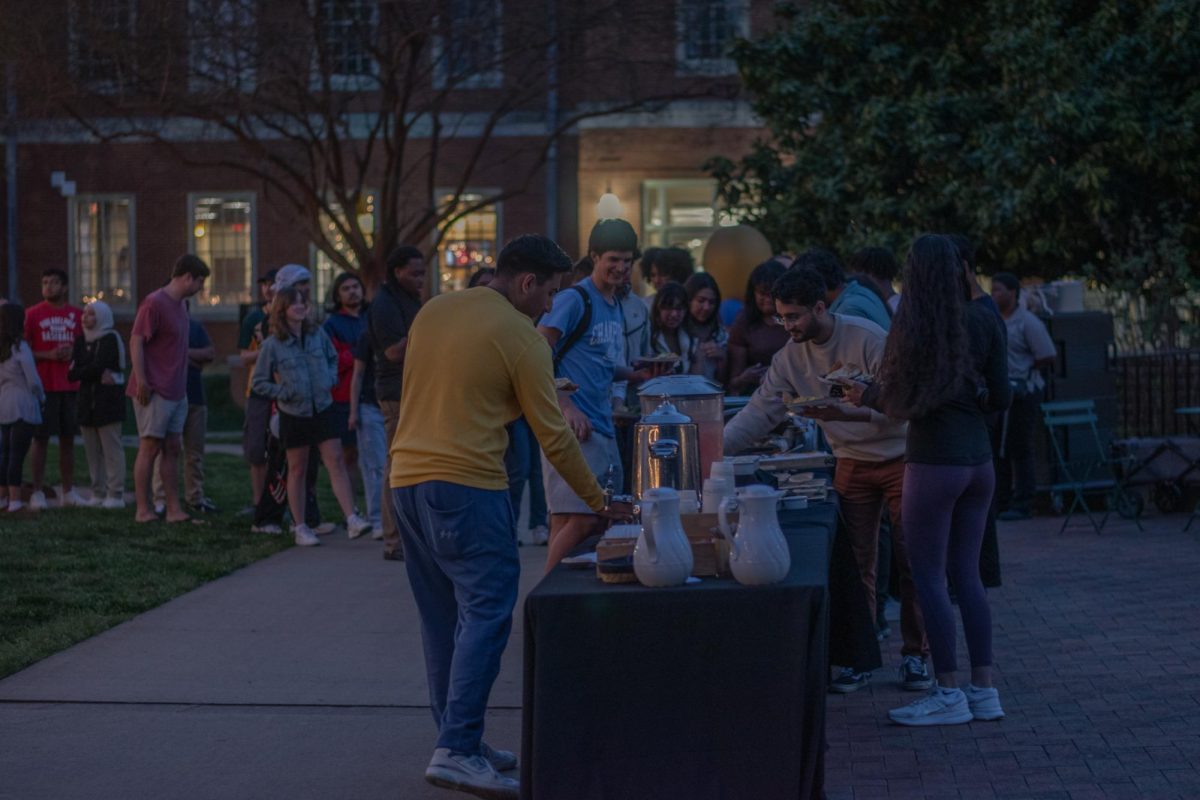
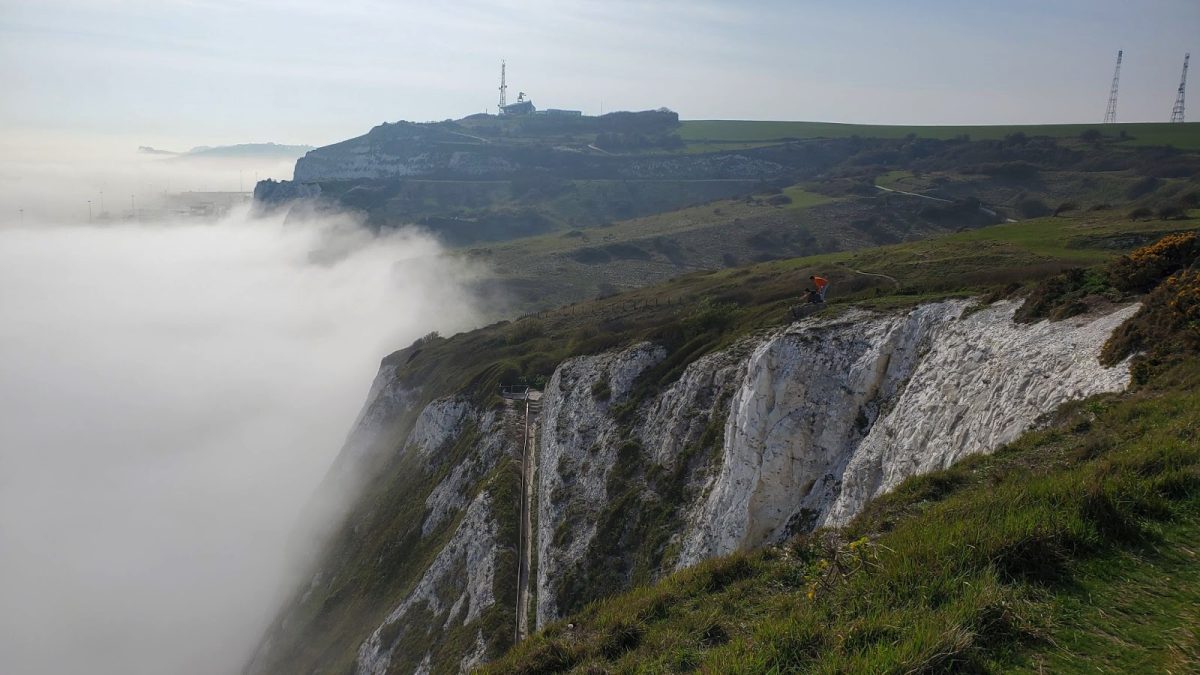
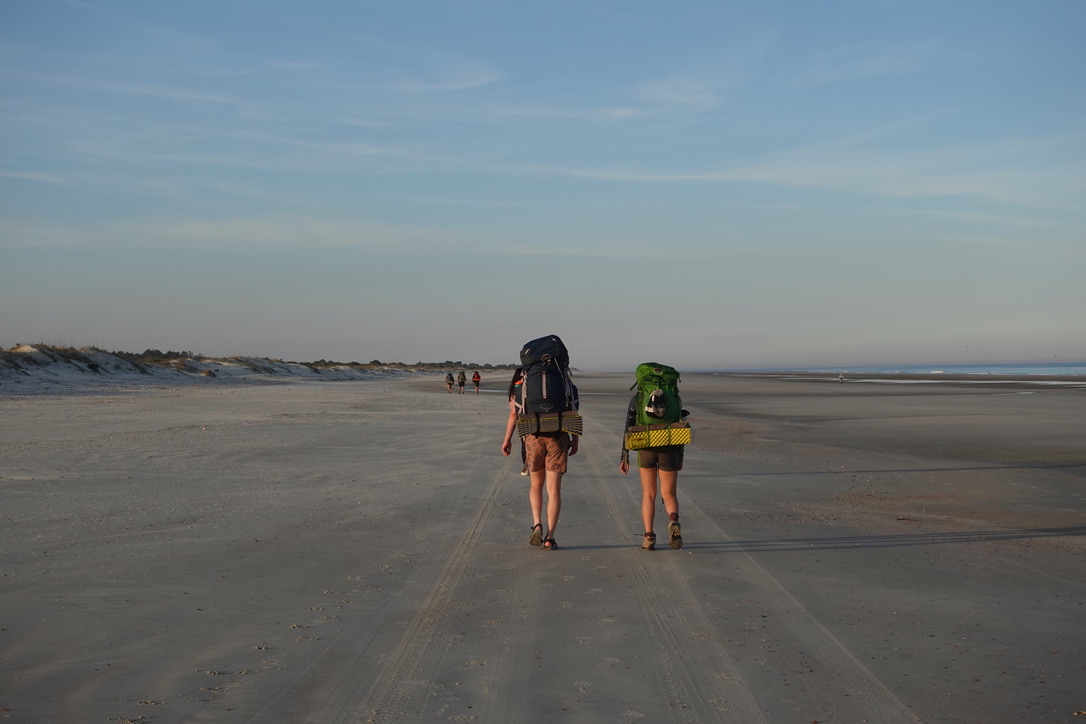
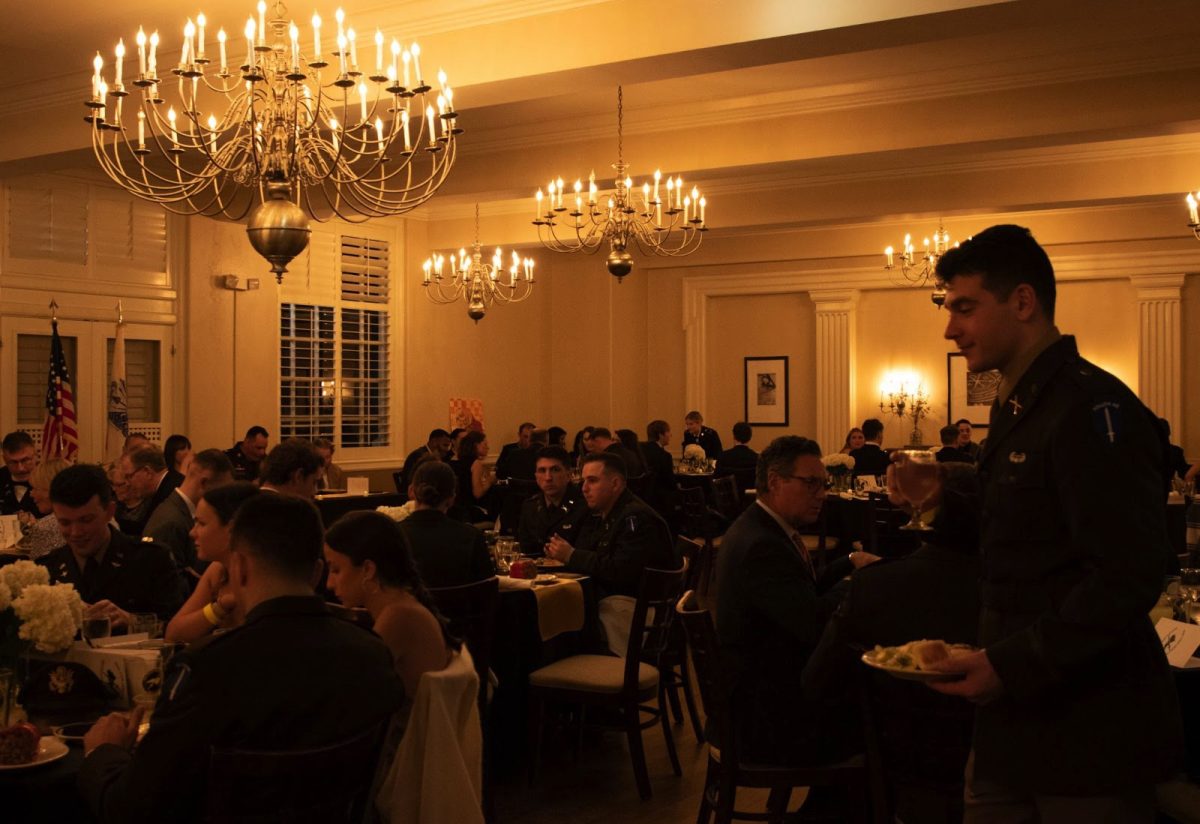
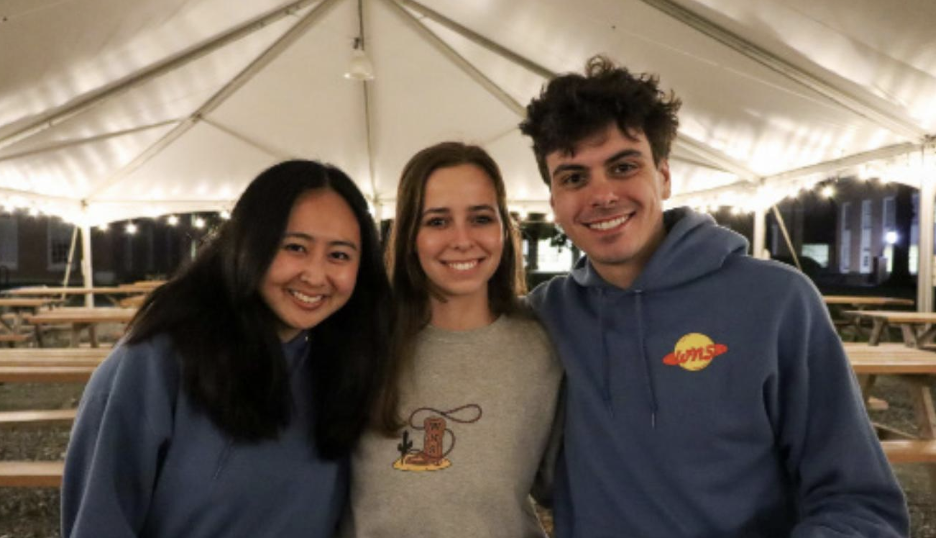
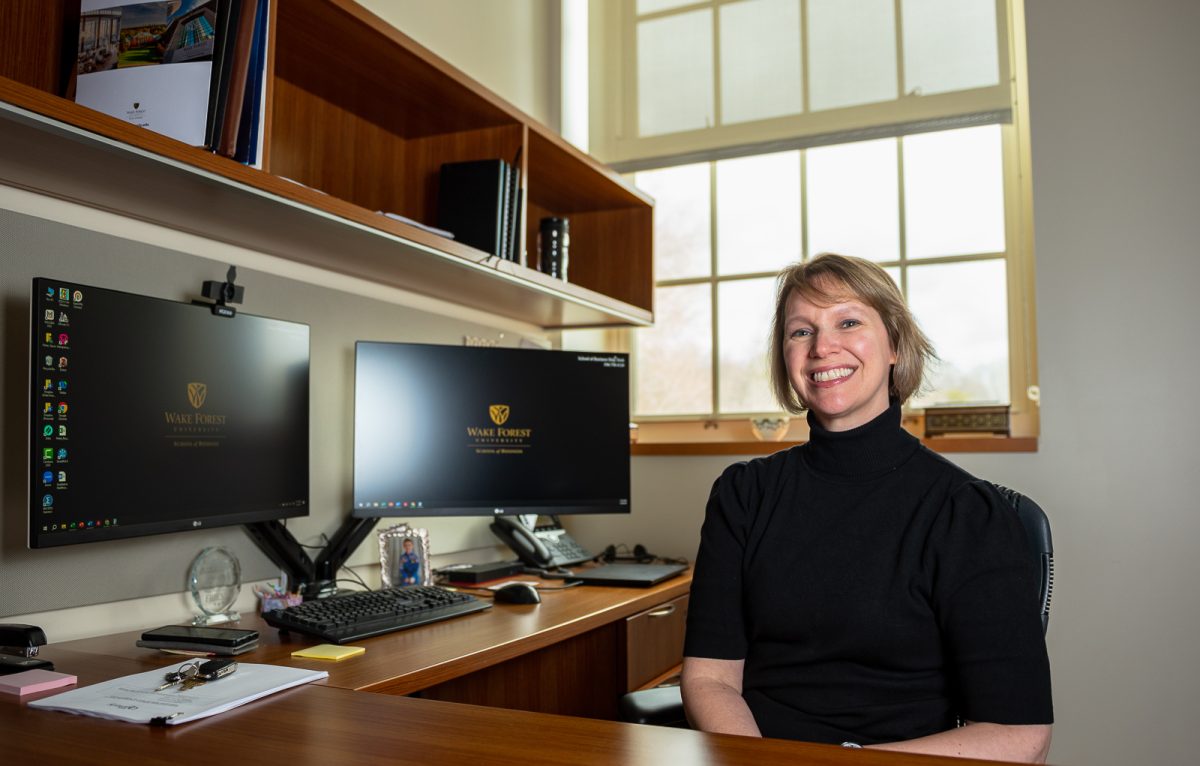

Bob • Mar 14, 2024 at 6:23 am
Are the street signs still there? I remember when you could get a map.
“ A far superior tunnel system is at Wake Forest (Winston-Salem, NC). There is a huge network of large tunnels well laid out with little road signs of New York City streets put in by earlier intrepid tunnelers (pre 1977, when I was there).”